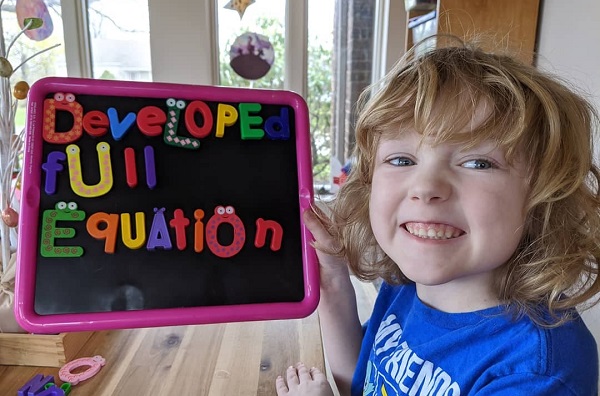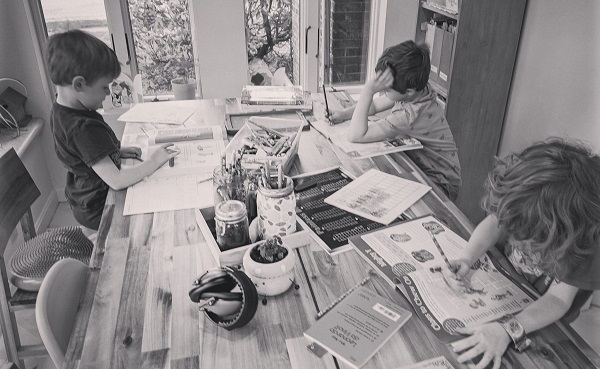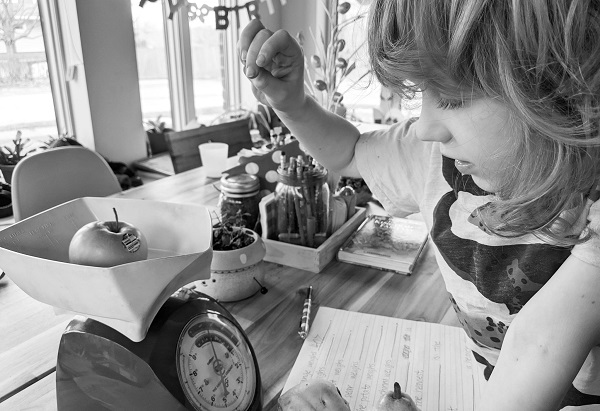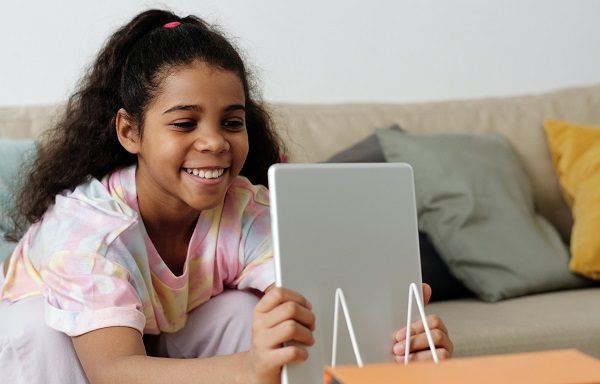
7 lessons from Pittsburgh moms with experience in online learning
Across the Pittsburgh region, parents of school kids are dealing with a warped return to school, whether it’s a hybrid model of school, a virtual model, or a shift between the two as COVID-19 numbers rise and fall. Memories of disastrous distance learning in the spring linger, despite schools having more time to plan for this fall.
Everyone’s anxiety is different, but it revolves around the question: “How is this going to work?”
Liz Sterrett, a Bellevue mom, will be working remotely from her apartment while her child attempts to learn.
“I’m a single parent, and I have to work during the day at home,” she says. “I’m not sure how I’m going to be able to guide my first grader through online learning and keep up with work.”
Parents of kids with unique learning needs are worried about how to provide that extra support.
“Both of my kids require varying levels of support in the classroom,” says Jenny Stalnaker from the Northside. “Neither will be able to work independently. So, I’m going to have to figure out working from home and getting them through school. To make it worse, PPS has announced there will be homework in addition to classwork. I worry about all of us falling behind and burning out.”
For some families, distance learning is not new. Many have been using cyber school successfully for years. These schools have honed their online format, unlike most public schools which had to figure it out very quickly. We talked to some families experienced with cyber schools and distance learning to find out what has worked for their kids.
1. Develop a workspace according to your kid’s needs.
Sabrina Cook Jones lives Downtown with her husband and five kids, ages 8-14, and has been using cyberschool for 10 years. She and her husband both work from home, so they’ve developed a rhythm that allows everyone to function.
Her oldest three can work wherever they want, but the two youngest have a designated workspace.
“I want them in a more controlled environment, meaning wherever I am,” Sabrina says, “or at least in the next room so that I can make sure they stay on track.”
2. Give yourself time to develop a rhythm.
Sabrina finds her groove about halfway through the year at times. She urges parents not to feel defeated if it takes a while to find that tempo.
“I tried to go by the guidelines the school provided, but with having more than two children at a time at different levels, it just didn’t work,” she says. “So I understood the lesson of the week and concentrated on that. I started to find my pace with it, and it really helped mentally.”
Sabrina confesses that she is not above hiding in the bathroom for an hour to get some work done.
3. Work flexibility into the schedule to allow for ‘off-campus’ learning.
Amy Shelleby has been using an online academy to school her four kids for 16 years. At ages 25, 15, 13 and 11, they’ve all grown up with this manner of schooling, and Amy’s house is peaceful most days.
“My biggest tip is to plan to finish early some days or take a day off each week and go enjoy a historical site, walk alongside a lake or help the kids cook a big dinner,” she says. “Make sure to place as much emphasis on real-world learning as everyone does on book learning.”
While many districts are offering synchronous learning this fall, with set times to be “live,” ask your kids’ school if there is any flexibility to that- and remember that no one is going to attend all the sessions.
“Not sure a lot of the COVID homeschoolers will have the freedom to be away from their devices, but if they do, keeping a non-traditional schedule is really nice.” Amy says. “It’s much more relaxed when you don’t feel as if school has to be done by the afternoon.”
Amy reminds us all that learning does not have to happen between 8 a.m. and 2:30 p.m., even if we feel like we need to “get it out of the way.” Take advantage of tasks that are asynchronous for much-needed breaks.
4. Match motivation and structure to the student.
Amy Kelly, a Hopewell mom with four boys, found her stride in the sudden shift to distance learning this past spring. Her kids have a range of needs, and she found distance learning worked differently for all of them. Each morning, she gave the boys a to-do list of expectations. There was no fun screen time, TV or games until the work was completed.
This approach motivated her oldest, Charlie, 8, because if he blew through everything, he could have the rest of the day to do whatever he wanted. Her younger kids required a bit more structure: Six-year-old Henry and 5-year-old Alfie needed more hands-on help. Three-year-old Georgie was always in the mix.
Kelly had to be flexible. For kindergarten, sometimes Henry was just fried. One day he blew off all his schoolwork and wrote down sea turtle facts all day instead. She let it slide. “He probably learned more that day, anyways.”
5. Take advantage of available sources for help – and an occasional break.
Kelly tried to draw in some help with schooling at least one day a week, whether by purchasing an Outschool class or enlisting a friend to Zoom with her kids about something interesting.
She encourages parents to remember the learning potential of a simple game.
“I think a lot of parents got wrapped up in Pinterest and forgot that they can learn a lot through play.” Her kids did money wars, a sight words game, and talked about fractions and multiplication while baking.
6. With multiple kids, set up multiple workspaces.
Butler mom Kristen Hilliard found that her district’s distance learning worked well for one of her children, but not the other. The third- and sixth-grader were kept to a tight schedule by their parents, who were both working from home. Hilliard is a teacher herself, so she was also trying to manage her students while managing her own kids.
“We kept workspaces separate from each other, let them wear whatever they wanted – PJ’s all day for my youngest – and made sure they got a break daily from 12-1.”
7. Jump in when help is needed.
Kristen notes that there is no shame in helping with some frustrating tasks when your kid is overwhelmed. Her son mostly needed prompts to move through the assignments, but occasionally a bit more assistance was warranted.
“Sometimes, it was just me typing his words up for him to save time and frustration,” she says.
Her daughter has some learning challenges and required more support. The curriculum chosen by her school involved a lot of switching tabs, different logins, and navigating the computer in a way in which she was just not ready.
“I gave her extra breaks, focus candy (Jolly Ranchers), and staying in the room with her often to keep her on track. I also let her stand or work on the floor when the assignments allowed.”
This fall, Kristen and her kids will all be a part of a cyber charter school. She made the decision to pull their kids from their home district and use a local charter that has a more streamlined approach to online learning. She was then hired by the same charter to teach kindergarten, so they will be working to find a new groove. She believes the structure they outlined in the spring will make this venture a success.
This year won’t look like any previous year, but with some modifications, parents can be hopeful that their kids will learn – and even thrive – with their new set of expectations.



